In 2008, as the global financial crisis swept through the world, leaving millions of Americans homeless and jobless, a strange phenomenon emerged in the fashion capitals. In high-end stores, where silk bags were a status symbol, wealthy customers were quietly asking employees to put their expensive items in a plain white paper bag, without a logo.
This small gesture is one of the earliest manifestations of “luxury shame” – the shame of displaying wealth in a difficult social context. Customers do not want to be seen as insensitive or vulgar when carrying an expensive designer bag out of a store while the outside world is reeling from recession.
More than a decade later, the specter of “luxury shame” is back, but this time on a larger, more complex, and more far-reaching scale than ever before. It is fueled not only by economic uncertainty, but also by profound changes in culture, psychology, and pressure from both governments and social media.
The storm from the East and the embarrassment spread to the West
The epicenter of this "luxury shame" wave can be felt most clearly in China, a market that has been considered the main growth engine of the luxury industry for the past 15 years. The Chinese economy is showing signs of slowing down, unemployment among young people is increasing, creating a tense social atmosphere. In that context, the government has implicitly sent a message to the rich: "Don't flaunt your wealth at this time."
That warning has sparked a dramatic shift in consumer behavior. Instead of flashy items with large, recognizable logos, wealthy consumers in Shanghai, Hong Kong, and Singapore increasingly favor more refined, handcrafted brands. "Chinese consumers are maturing. They want to be different, but in a less conspicuous way," said an analyst at Morgan Stanley.
This sensitivity is not limited to China. Claudia D'Arpizio, global head of fashion and luxury at Bain & Company, says it is spreading to the West. As debates over wealth inequality and wealth taxes intensification, flaunting wealth is becoming a risky “politicization.”
This phenomenon is particularly evident in the United States, where the upper class is increasingly under pressure. The middle and working classes, feeling left behind, blame the elite for economic injustice. The $10,000 handbag and private yacht vacation have become symbols of detachment from reality and insensitivity to the suffering of the masses.
“Luxury shame” is even creeping into the shopping behavior of the younger, wealthier generation, who are known for their love of showing off. “I still love high fashion, but I don't post pictures of my designer bags on social media anymore,” said a 28-year-old fashion influencer in New York. “I'm afraid of being called a show-off or blind in a time of crisis.”
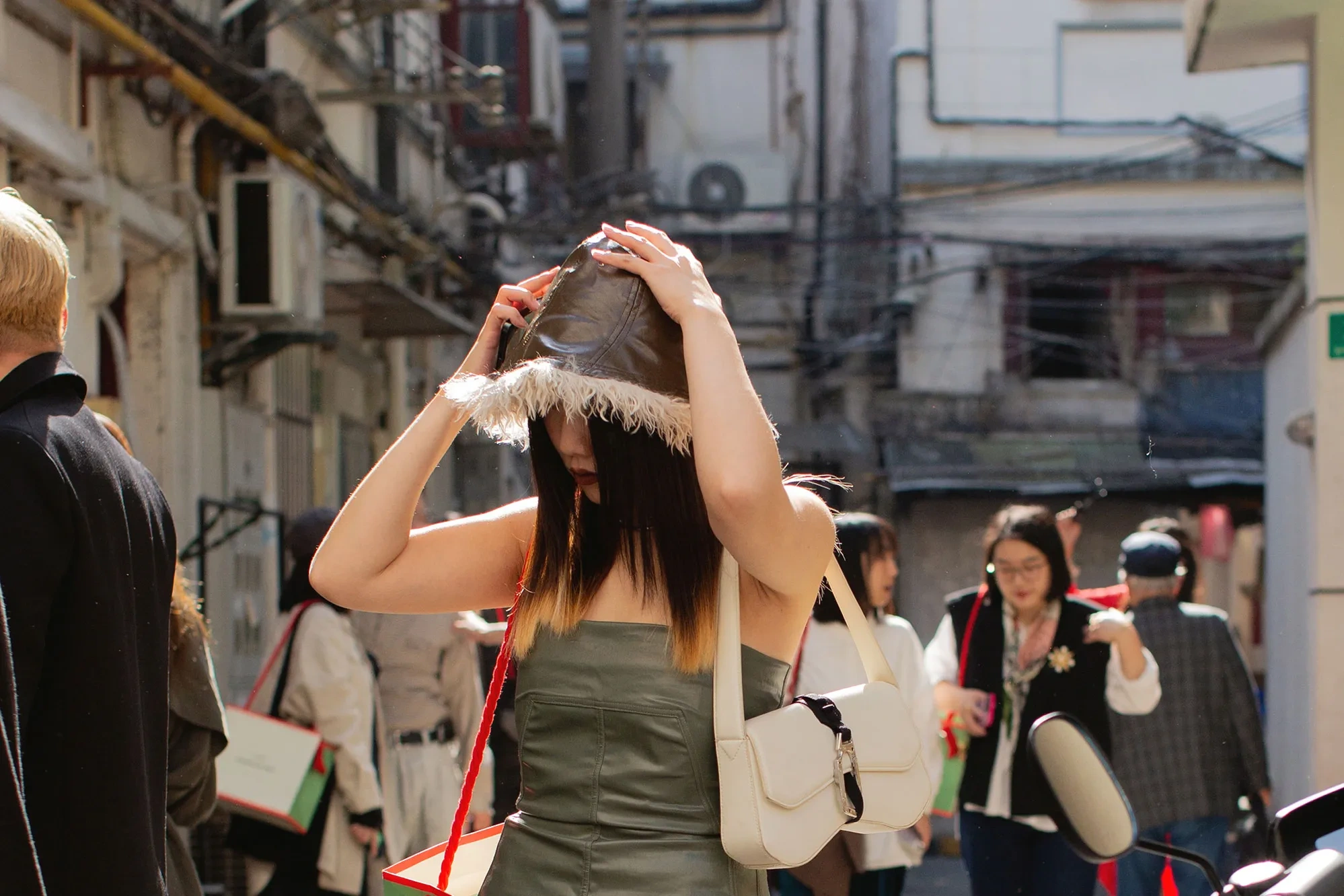
Chinese consumers are changing their shopping habits amid a sluggish economy and a government crackdown on social media ostentation (Photo: Yumeng Zheng).
The "Invisible Millionaire" Paradox: When the Rich Don't Realize They're Rich
One of the most complex elements in this picture comes from a psychological paradox in the West, especially the US. Paul Donovan, chief economist at UBS, points to an interesting phenomenon: many rich people in the US do not realize their own wealth.
“A lot of people say that millionaires should be taxed, but they don't think that applies to themselves — the person who owns a two-bedroom apartment in Manhattan. By the definition of wealth, they are clearly millionaires,” he explains.
This “mismatch” between the reality of wealth and personal feelings comes from many reasons. First, the perception of wealth is relative. They often compare themselves to the super-rich, tech billionaires, and feel that they are “still normal”.
Second, most of their assets are in illiquid channels such as real estate or pension funds. They may be millionaires "on paper" but their daily spending cash flow is not too lavish.
Finally, the high cost of living in big cities means that a million-dollar fortune is sometimes only enough to maintain a comfortable life, not a lavish one.
This distortion in perception, combined with pressure from social media - where luxury is portrayed in an extreme way - has created a paradoxical situation: many wealthy people feel poorer, while fearing scrutiny and criticism if they accidentally reveal their wealth.
"The wealthy today are spending their money more discreetly. They no longer want to be seen spending," said Federica Levato, a senior partner at Bain & Company. “They want to avoid attention and are looking for options that reflect sophistication and discretion.”
The market is struggling and the challenge is called Gen Z
These psychological and social upheavals are hitting the luxury industry hard. A recent report from Bain & Company paints a rather bleak picture: The global personal luxury goods market is expected to shrink by 2% to 5% by 2025, with key segments like leather goods, cosmetics, and watches all reporting a drop in demand.
The reason is not just “luxury shame”. Consumers are increasingly tired of escalating prices without corresponding improvements in quality or design. Many brands seem to have abused the “premiumization” strategy, reducing core values in the eyes of customers.
More worryingly, the luxury industry is facing a generational challenge: a disconnect with Gen Z. This generation feels that luxury is not only out of reach financially, but also emotionally. They are frustrated with the lack of creativity, inclusivity, and authenticity from major brands.
Gen Z doesn't flaunt wealth the way previous generations did. Instead, they prioritize “quality of life and personal choice.” They seek deeper values like sustainability, craftsmanship, and exclusivity. The luxury industry is at risk of losing an estimated 50 million potential customers, especially among this younger demographic, according to D'Arpizio.
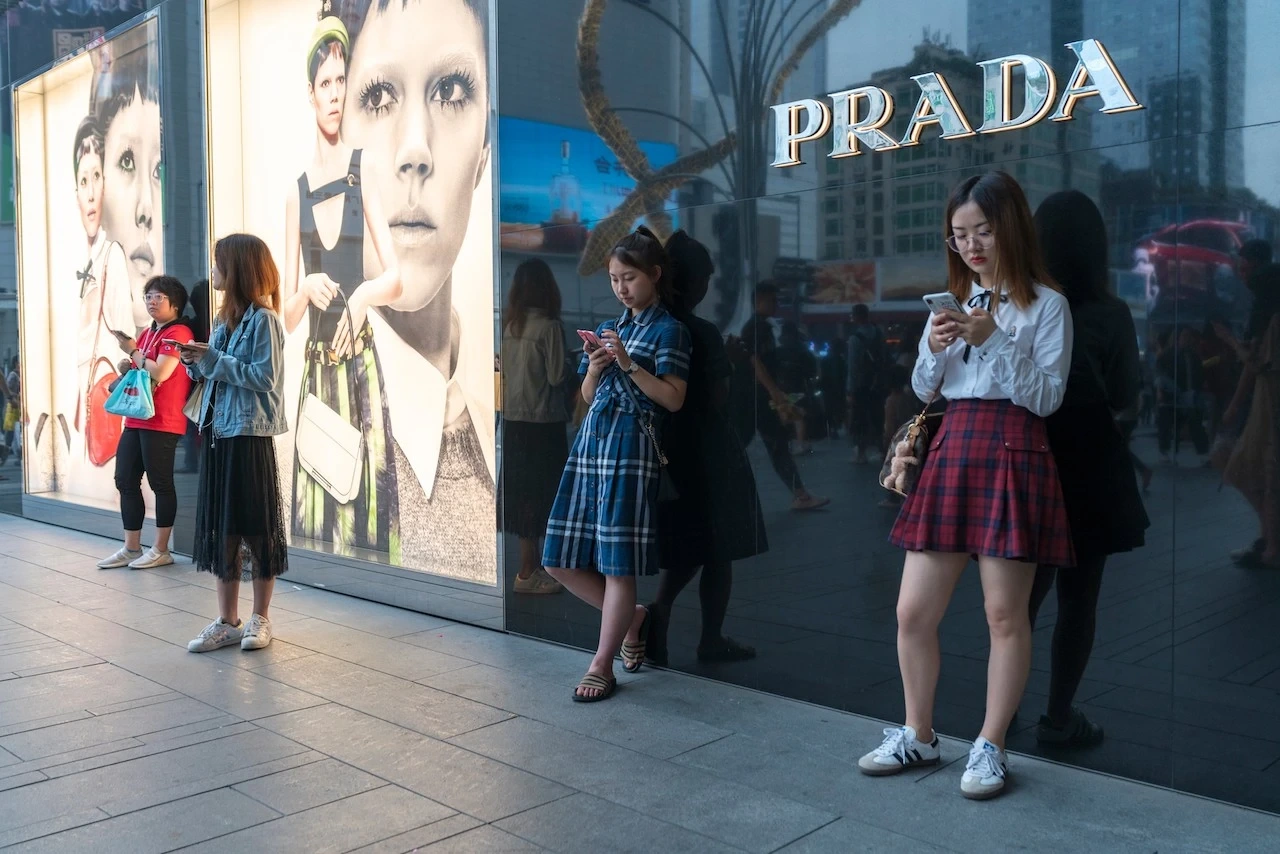
Gen Z is a confident and proactive impulsive shopper, playing a key role in the global youth group - a force forecast to contribute up to 130% of future market growth (Photo: Jing Daily).
The New Game: From "loud luxury" to "quiet luxury" and experience
Faced with this seismic shift, luxury brands are forced to change the rules of the game. The “luxury shame” wave is ending the era of “loud luxury” and opening a new chapter for “quiet luxury” or “stealth wealth”.
Instead of giant logos, the elite now spend on unique experiences and high-quality products that only insiders can recognize. As Paul Donovan quips, pleasure now is “anything Instagrammable”: a luxury vacation, a Michelin dinner, a Taylor Swift concert ticket. These experiences, while costly, are more intimately shared and less judgmental than flaunting a billion-dollar watch.
Smart brands are adapted to the “luxury shame” wave. LVMH, the parent company of Louis Vuitton, has recently pushed a logo-free line that emphasizes craftsmanship and culture. Hermès has continued its “less is more” strategy: steep price increases, limited editions, and a focus on personalized experiences.
Meanwhile, Kering (owner of Gucci) is facing more challenges. Due to its reliance on recognizable products, the brand has seen a significant decline in revenue in the first half of 2024. Gucci is in the process of repositioning itself towards a more refined, “quiet luxury” customer.
The “high-low” strategy, which means having high-end products to retain the elite, while having products at reasonable starting prices to attract younger customers, is also considered a wise direction. However, this shift is not simple. “When you have built a brand on ostentation, it is difficult to turn to minimalism without losing identity,” commented one branding expert.
What is the future of luxury?
The question is, is this just a temporary reaction to economic and social unrest, or a sign of a longer-term trend?
According to many experts, “luxury shame” is not a temporary phenomenon. It reflects a profound change in the way the rich consumer perceives value, no longer “showing off to show off class”, but “owning to quietly show taste and class”.
Ms. D'Arpizio remains optimistic, predicting that the second half of the year could mark a creative resurgence in the industry, as a new crop of creative directors at top brands begin to speak out. That wave of creativity could be the jolt the industry needs to reconnect with customers.
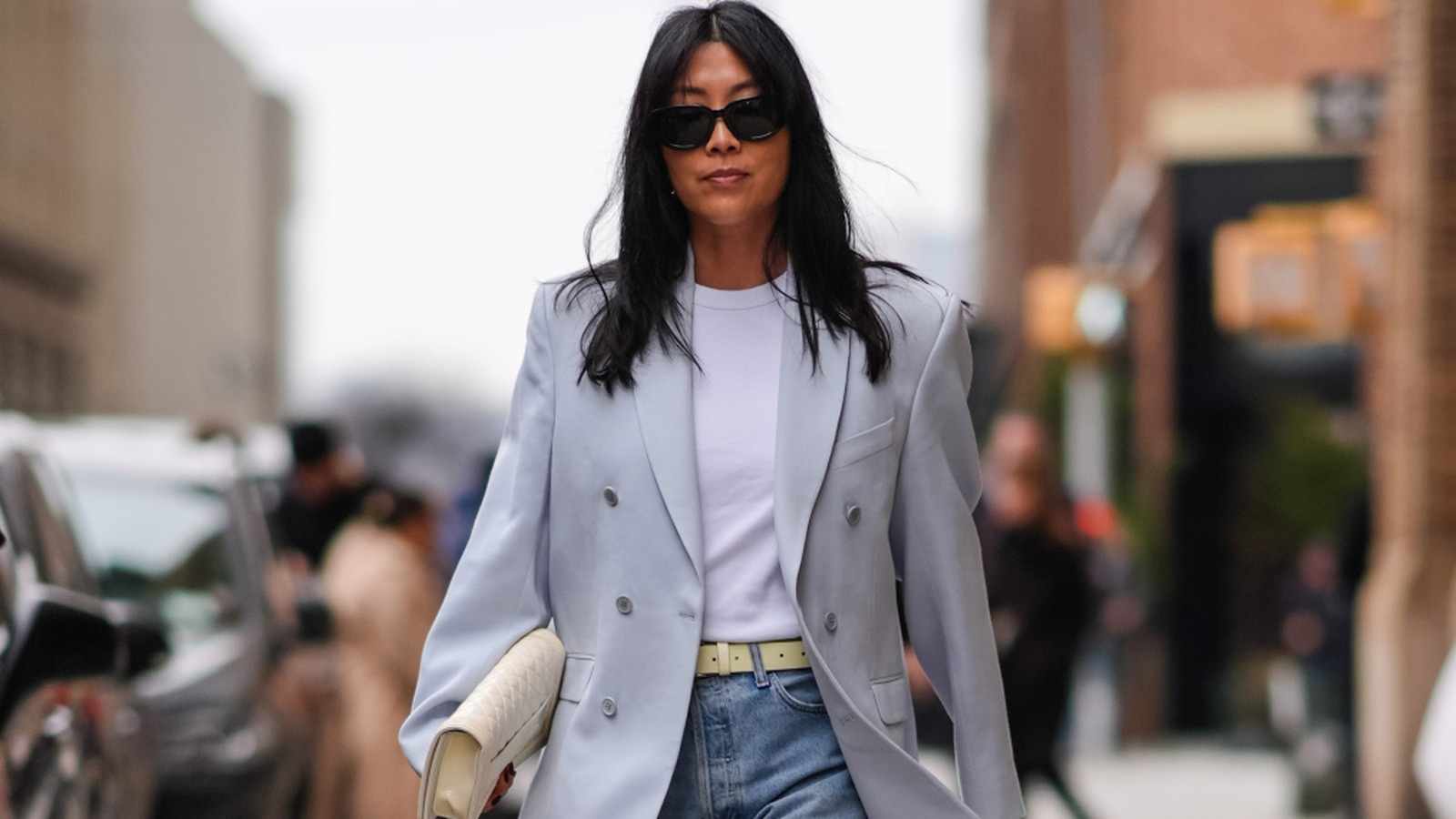
Instead of splashing out on recognizable items, wealthy consumers are turning into more exclusive, “quiet” brands – where value lies in craftsmanship, materials and personalization, not logos (Photo: Getty).
But the road ahead remains rocky. In a world where wealth is both admired and scrutinized, luxury brands must learn to walk a delicate line.
And when the rich start to feel ashamed of being rich, the entire industry that makes its fortune from serving them, from fashion to real estate to travel, will have to change as well.
Source: https://dantri.com.vn/lanh-doanh/nguoi-giau-xau-ho-vi-qua-giau-khi-hang-hieu-khong-con-la-thu-de-khoe-20250630100500946.htm


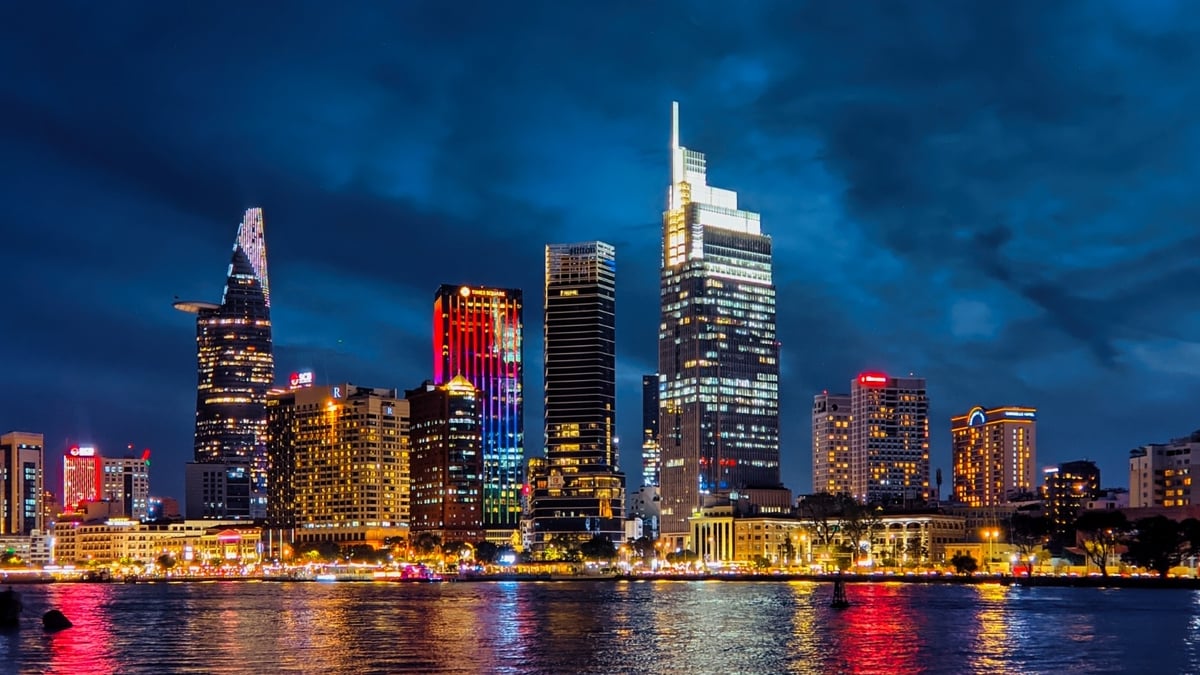






















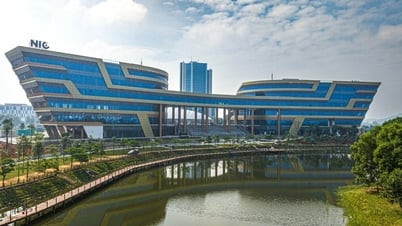









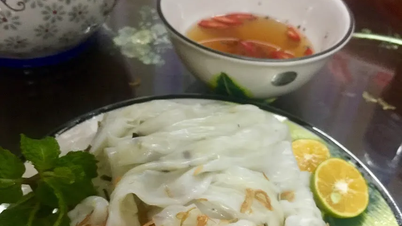



















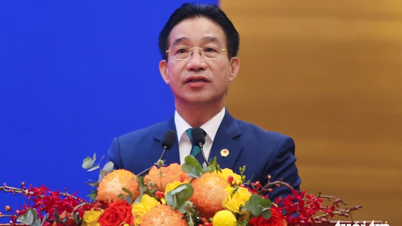






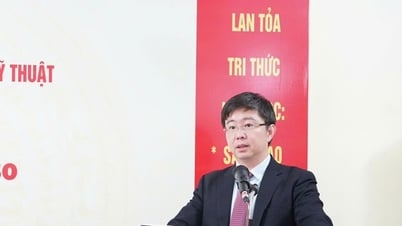












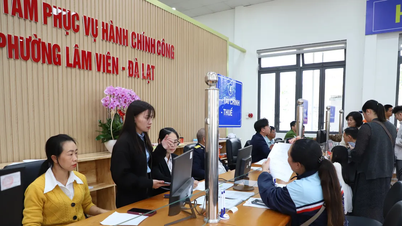
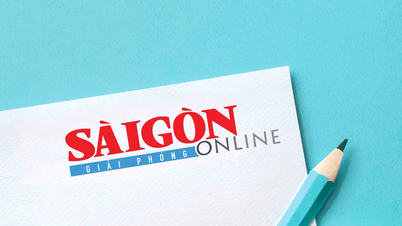












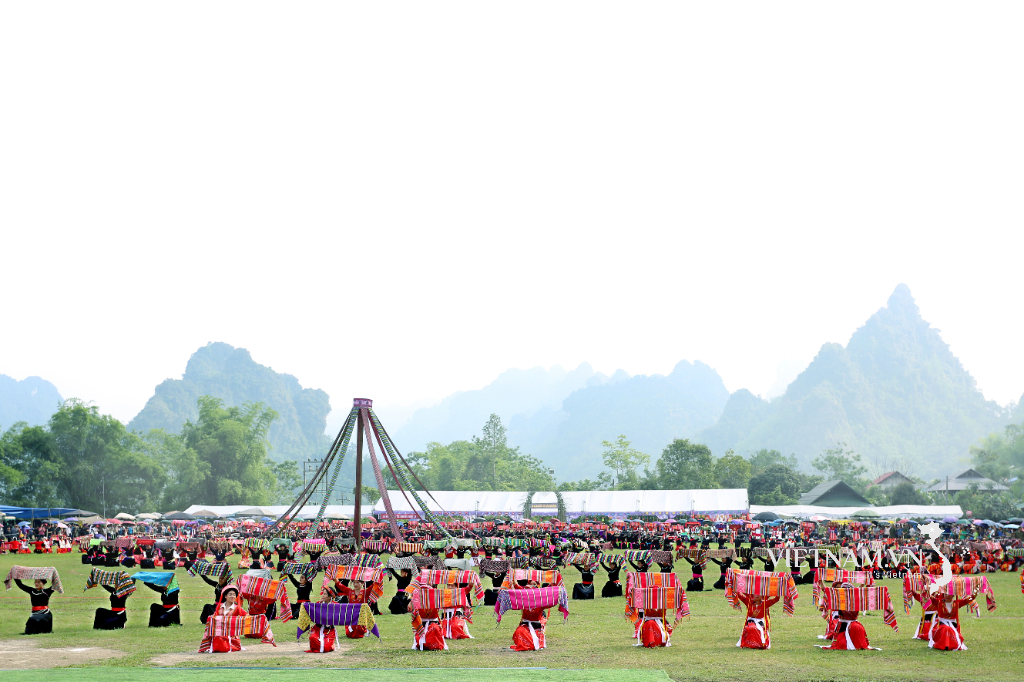
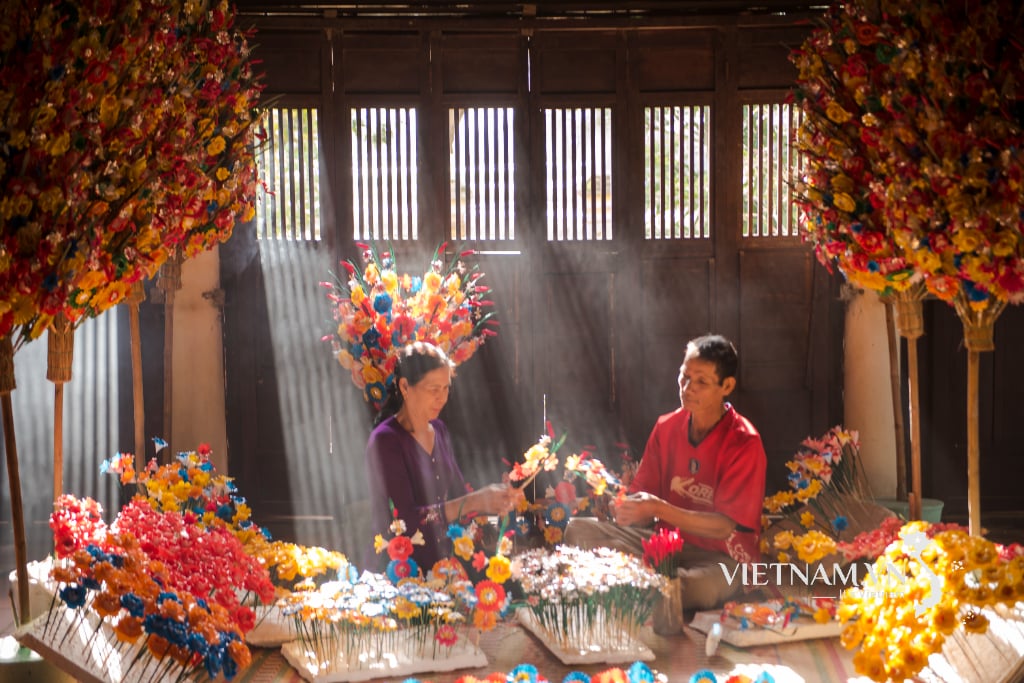

Comment (0)